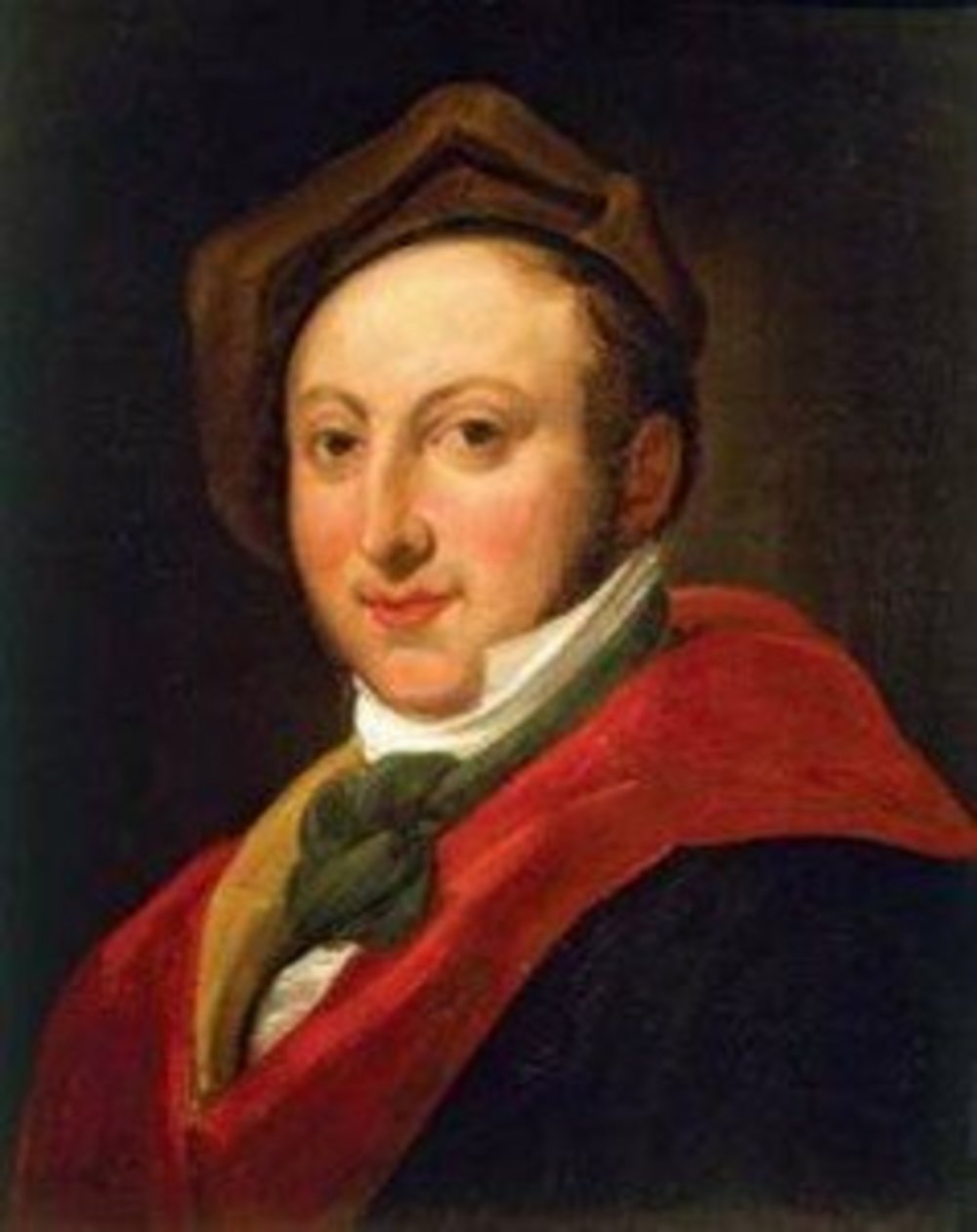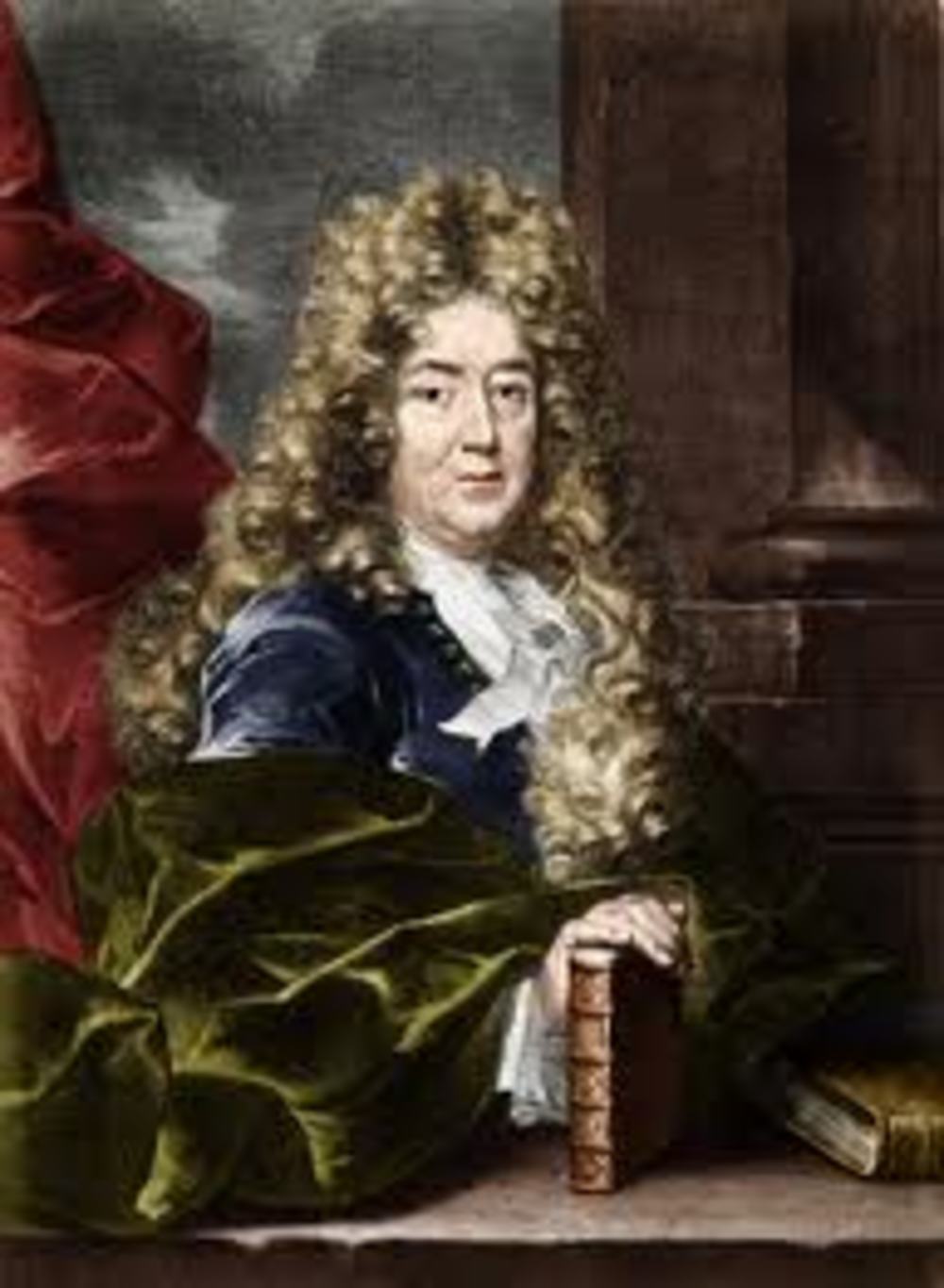Rossini - Cinderella Creative



Rossini and Perrault

Gioachino Rossini (1792–1868) was the greatest Italian composer of his time. In the first half of his life, he was astonishingly prolific, and composed nearly forty operas by the age of 38. Of those many are key to the repertories of modern opera companies around the world.
Rossini was born in Pesaro to parents who were both musicians. In 1804 the family moved to Bologna, where Rossini sang professionally and took engagements as the maestro di cembalo in various local theatres. His first opera, Demetrio e Polibio, was commissioned in 1810 but not performed until 1812, by which time his five next operas had received their premieres. He received his first great success with his fourth opera L’inganno felice (1812), which established his name around Italy. Commissions quickly followed, subsequent major works including Tancredi (1813), L’italiana in Algeri (1813) and Il turco in Italia (1814). In 1815 he moved to Naples, the historic home of Italian opera. Works of his ‘Neapolitan’ period, such as Armida (1817), Mosè in Egitto (1818), La donna del lago (1819) and Zelmira (1822), exhibit highly virtuoso passages, extensive use of ensembles and a new emphasis on the chorus, and are all inspired by a remarkably wide range of literary sources. He continued to write works for other cities, including Il barbiere di Siviglia (1816) and La Cenerentola (1817) for Rome and La gazza ladra (1817) for Milan. By 1822 he had reached international acclaim, and settled in Paris in 1824. Here he composed his last two works, Le Comte Ory (1828) and Guillaume Tell (1829). He composed no further operas, but significant works from later years include Les Soirées musicales (1830–35), the Stabat Mater (second version 1842) and the Petite Messe solennelle (1863).
Rossini’s opera buffa are among the finest examples of the genre. In his opera seria he introduced innovations that transformed Italian opera, and would influence generations of French and Italian composers.
Charles Perrault was born on 12th January 1628. He was a French author and member of the Académie Française, who laid the foundations for a new literary genre; the fairy tale. The best known of Perrault’s tales include Le Petit Chaperon (Little Red Riding Hood), Cendrillon (Cinderella), Le Chat Botté (Puss in Boots), La Belle au bois dormant (The Sleeping Beauty) and La Barbe Bleue (Bluebeard).

Many of Charles Perrault’s stories, which were re-written by the Brothers Grimm, continue to be printed and have been adapted to opera (Rossini Cenerentola and Massenet Cendrillon), ballet (such as Tchaikovsky’s The Sleeping Beauty), theatre (Rodgers and Hammerstein and Stephen Sondheim) and film (Walt Disney). Perrault was a highly influential figure in the seventeenth century French literary scene and was also th
e leader of the ‘Modern faction’ during the ‘Quarrel of the Ancients and the Moderns.’
Charles Perrault was born into a wealthy bourgeois Parisian family, the seventh child of Pierre Perrault and Paquette Le Clerc. He attended good schools in the city and studied law before embarking on a career in government service (following in the footsteps of his father and older brother Jean). Perrault also took part in the creation of the ‘Academy of Sciences’ as well as the restoration of the Academy of Painting.
In 1697, Charles Perrault published Tales and Stories of the Past with Morals (‘Histoires ou Contes du Temps Passé’), subtitled Tales of Mother Goose (‘Les Contes de ma Mère l’Oye’).’
Charles Perrault died in Paris, the city of his birth – and adult life – in 1703, at the age of seventy-five.